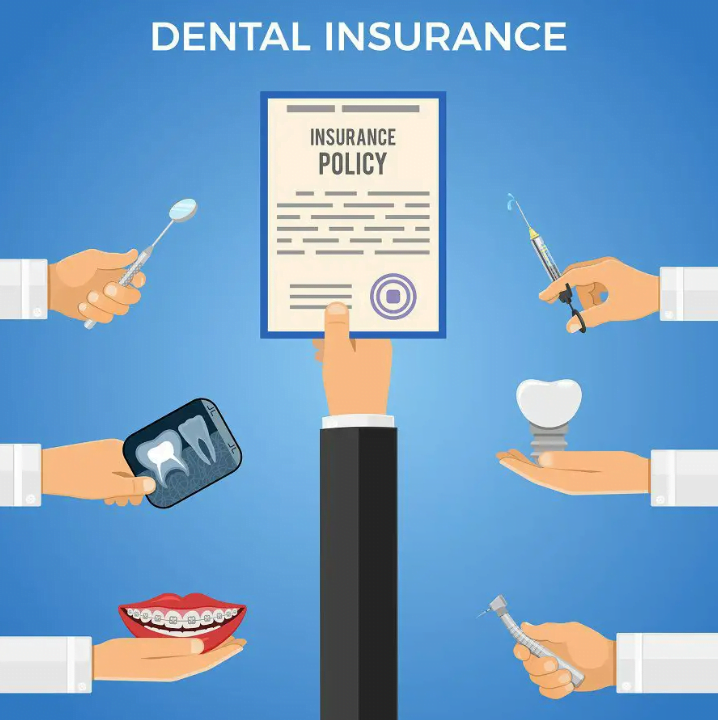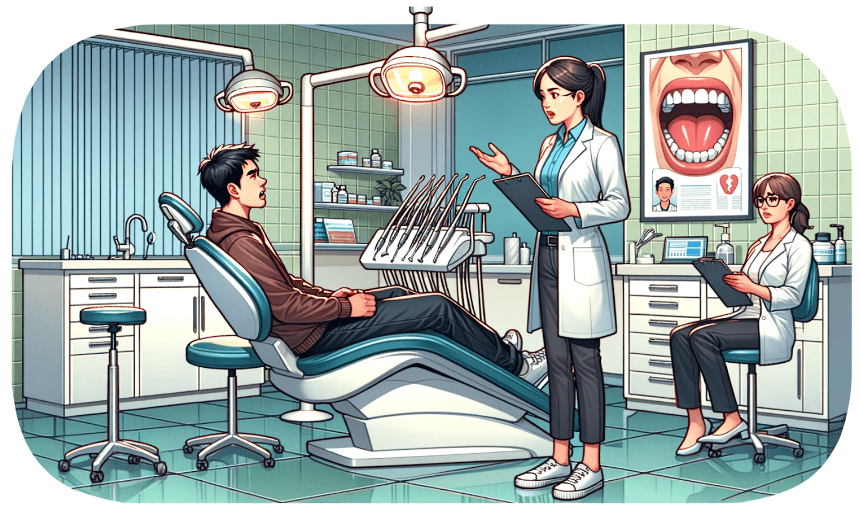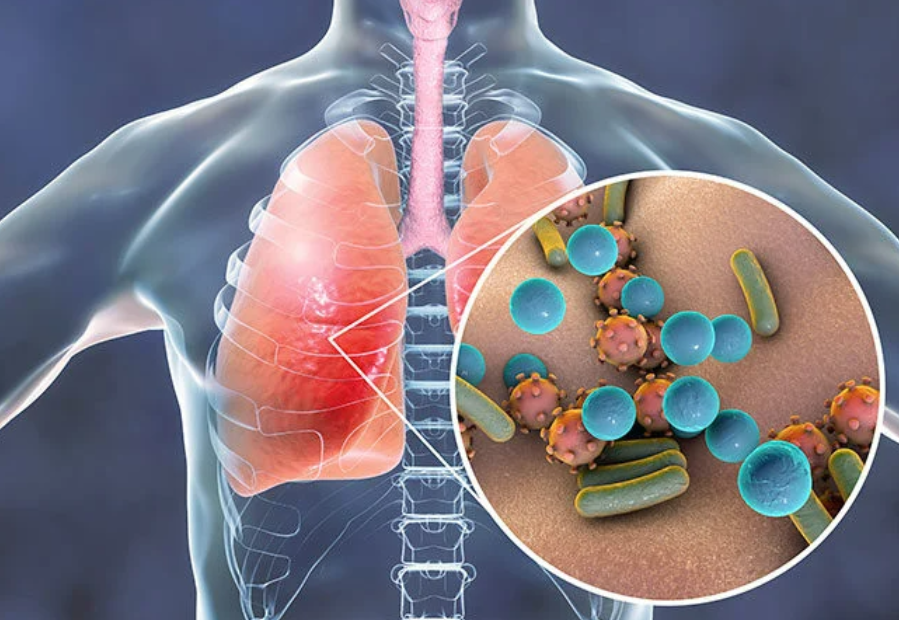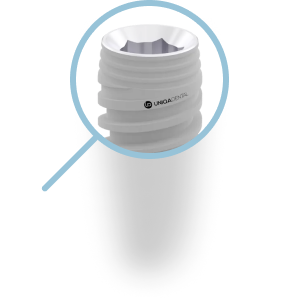Transforming Dental Education: The Role of VR-Haptics in Training and Assessment
Introduction to VR-Haptics in Dental Education
In recent years, Virtual Reality (VR) combined with haptic technology has emerged as a transformative force in dental education. This innovation, often referred to as VR-haptics, combines immersive virtual environments with tactile feedback, enabling students to practice and refine their skills in a highly controlled and individualized setting. As traditional dental education faces challenges in resource availability and hands-on training, VR-haptics offers a promising complementary approach to address these limitations.
The Benefits of VR-Haptic Simulations
Enhancing Skill Acquisition
VR-haptics empowers students to master critical hand skills through realistic simulations. By mimicking the tactile sensations of dental procedures, these systems bridge the gap between theoretical learning and practical application. Research has shown that students trained with VR-haptics demonstrate significant improvement in:
- Precision in dental drilling and cavity preparation.
- Understanding the depth and pressure required for various procedures.
- Confidence in transitioning to real-world patient care.
Individualized Training and Feedback
One of the key advantages of VR-haptic systems is the ability to provide personalized training. Each student receives real-time feedback on their performance, highlighting areas for improvement. This ensures:
- Targeted skill enhancement.
- Reduction in the repetition of errors.
- Improved retention of technical knowledge.
| Feature | Simodont dental trainer | SIM to CAREDENTE simulator |
Virteasy dental simulator |
| Type of device | VR-haptic | MR-haptic | VR-haptic |
| Allows ergonomic posture | Yes | Yes | No |
| Offers instant feedback | Yes | Yes | Yes |
| Allows educator to examine the exercises | Yes | Yes | Yes |
| Allows Wi-Fi connection | No | Optional | Optional |
| Allows the instructor to view the simulators live at the same time and record all exercises, their evaluation, and subsequent comments |
Yes | Yes | Yes |
| Can be used by both right- and left-handed users | Yes | Yes | Yes |
| Allows off-campus use | No | Possible (with an additional server) |
Yes |
| The 3D images are realistic, but the texture of the healthy, decayed, and/or restored tooth still needs improvement |
Yes | Yes | Yes |
| Device offers anesthesia, periodontics, and implantology exercises (in addition to dexterity exercises, restorative dentistry, pediatric dentistry, prosthetics, and endodontics)a |
No | All | Periodontics, implants, and anesthesia |
| Simulation exam capability | Yes | Yes | Yes |
| Animated teeth | Yes | Yes (combination of virtual and real teeth) |
Yes |
| Possibility of .dcm and/or .stl file upload for patient-specific scan virtualization and training |
Yes | Yes | Yes |
| App for students | No | Yes | No |
Note: Adapted and modified from Imran et al. (2021).
a As of May 2024. Journal of Dental Education/ 10.1002/jdd.13800/ Szabolz Felszedly DDS, PHD/ 2024
Cost-Effective and Resource-Efficient
Traditional dental training often relies on costly consumables and limited access to patient scenarios. VR-haptics reduces these challenges by:
- Eliminating the need for physical materials.
- Allowing unlimited practice sessions without additional costs.
- Offering a scalable solution for institutions with large student cohorts.
Challenges and Considerations
Validation and Acceptance
Despite its potential, the adoption of VR-haptics as a primary training tool is hindered by the need for robust validation studies. Educators and institutions require assurance that these systems:
- Accurately replicate real-world dental procedures.
- Lead to measurable improvements in clinical competency.
Technological and Cost Barriers
While VR-haptics systems are becoming more affordable, initial setup costs can still be prohibitive for some institutions. Additionally, the complexity of integrating these systems into existing curricula requires:
- Training for faculty members.
- Ongoing technical support and updates.
Limited Scope of Current Applications
Although VR-haptics excels in certain areas, its application is not yet comprehensive. Current limitations include:
- Limited simulation of soft-tissue dynamics.
- Incomplete representation of complex procedures.
Future Prospects and Innovations
Expanding Application Areas
As technology advances, VR-haptics is expected to expand its capabilities, including:
- Simulation of soft-tissue management and advanced restorative procedures.
- Integration with AI for adaptive learning paths.
- Enhanced visual realism and tactile precision.
Role in Credentialing and Assessment
Beyond training, VR-haptics has the potential to revolutionize assessment in dental education. Future systems could:
- Serve as standardized tools for evaluating clinical skills.
- Provide objective metrics for credentialing processes.
Collaborative and Remote Learning Opportunities
With the integration of cloud-based platforms, VR-haptics could facilitate:
- Remote training sessions for students in underserved areas.
- Collaborative learning experiences across institutions worldwide.
Suggested Diagram
Conclusion
VR-haptics is poised to redefine dental education by addressing the limitations of traditional training methods and offering innovative solutions for skill acquisition, assessment, and resource efficiency. While challenges remain in validation, cost, and technological advancement, the potential of VR-haptics to enhance both the learning and credentialing processes is undeniable. As the technology continues to evolve, it is likely to play an increasingly central role in shaping the future of dental education.
Sources
- Science Daily – VR-haptics-enhanced training holds potential to transform dental education – December 24, 2024
- Wiley Online Library: Journal of Dental Education – Benefits and challenges of the integration of haptics-enhanced virtual reality training within dental curricula – December 17, 2024







